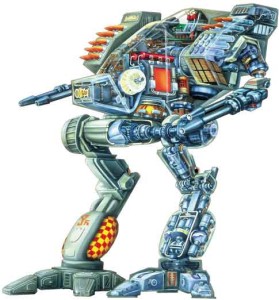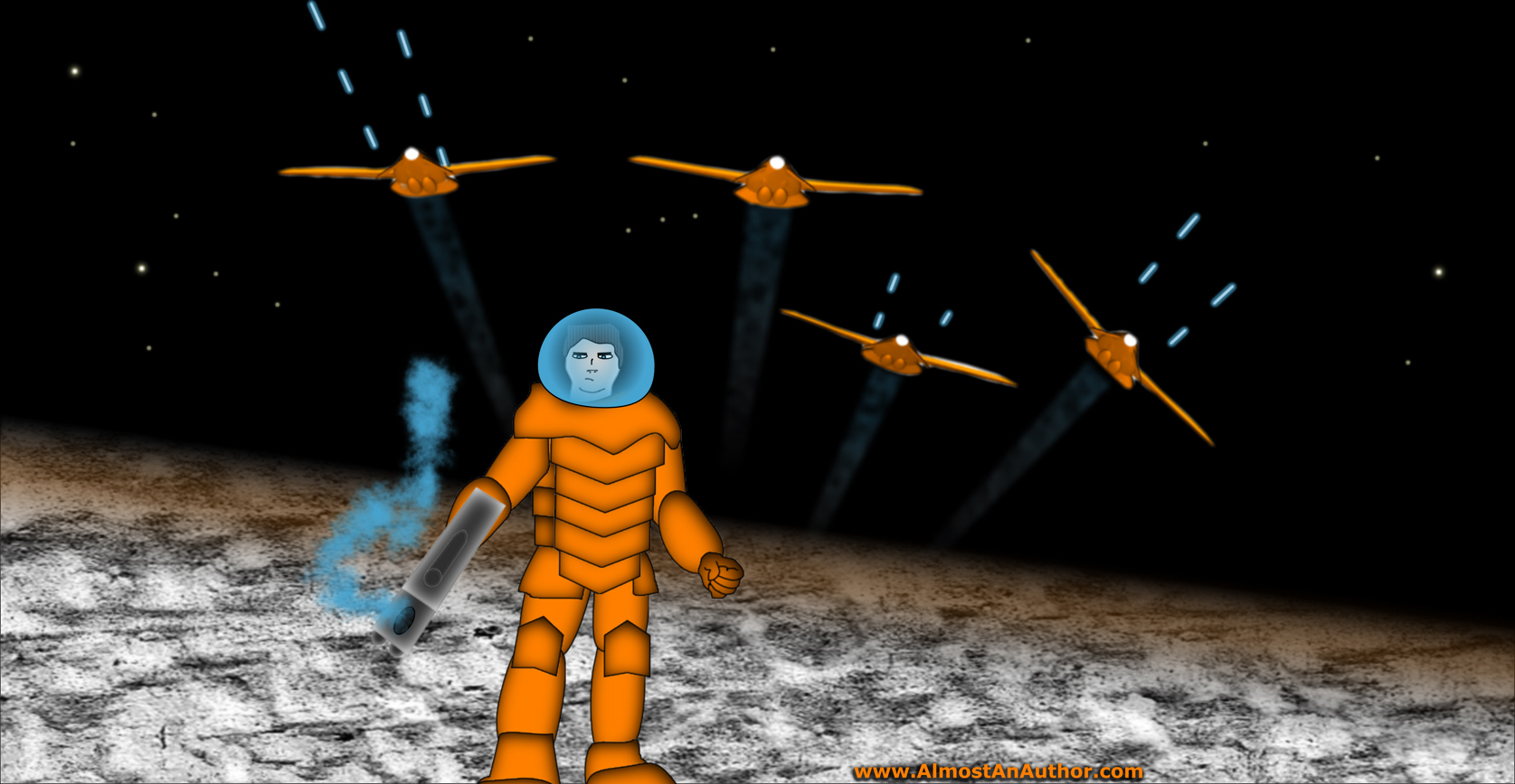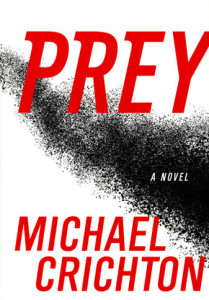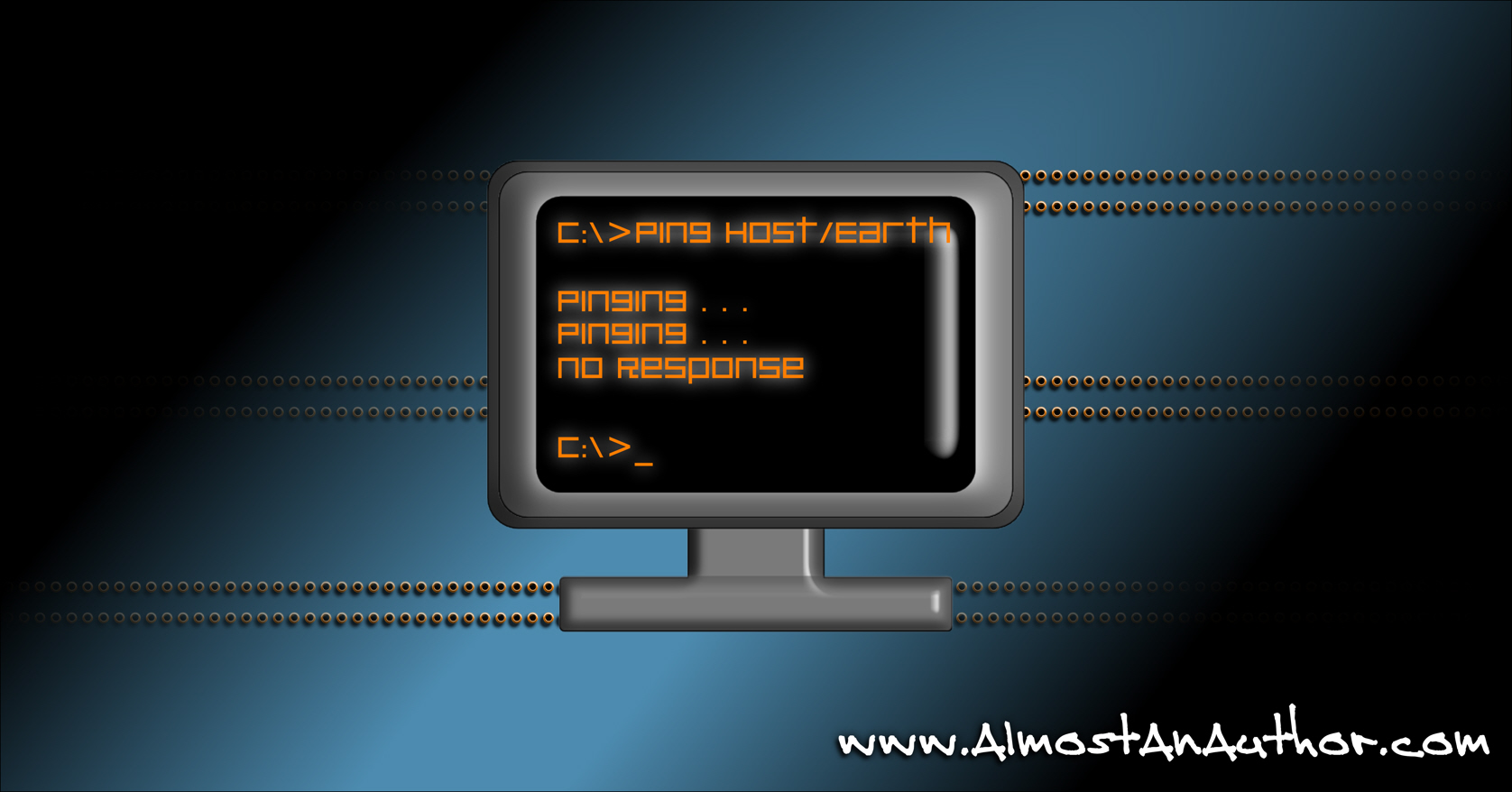Last month we talked about military technology and how it can be just as important in a fantasy book as a sci-fi novel. You’ll need to consider some of last month’s points in your sci-fi novel as well, but because it’s a science fiction novel, you may have more constraints than your fantasy-writing brethren. I say ‘may’ because not all sci-fi readers will care if your deep-space dreadnaught has unexplained artificial gravity, but some will.
There are basically two different approaches to science fiction military technology. The question to ask is how technical you want to get in your novel, and that will be determined by your writing goal.
People First, Tech Second

Image from http://www.sarna.net/wiki/BattleMech
Some authors, like David Weber in his Honor series, get very technical about the limitations and uses of military technology, but don’t worry too much about how it all works. That’s okay though, because Weber’s tech isn’t the showcase of his novel. Instead, it serves the purpose of telling a grand space opera. In short, his goal is to craft a story of people, and the technology (detailed as it is) serves as a prop. This is, by far, the most common type of sci-fi novel I’ve read, as it encompasses everything from Star Wars to Star Trek novels.
Since Christians are more likely to be concerned about people and philosophy than scientific causes, your sci-fi novel likely fits into this category. In that case, you don’t necessarily need to reinvent the battlemech or the laser gun. You can assume your readers will be familiar with these pieces of technology and have a decent grasp on the function of giant robots and laser blasters even if the physics are hazy. Conversely, if your world includes weapons not seen in any other books or movies, or if you have a new spin on they way they work, then you’ll need to explain how they function in your world. Just don’t bog the reader down with an unnecessary lecture regarding the nanoparticle physics behind their operation. Unless it somehow becomes relevant later.
Tech First, People Second
Others, like Michael Crichton, will do a deep dive into a particular topic and give you a feel for how close we are to inventing certain things. His novel Prey warned of the dangers of swarm behavior, distributed computing, and goal-seek logic combined into some cutting edge surveillance hardware. His primary focus in the novel was to display the consequences our society might endure if we don’t think about our military technology before developing it. In short, his goal is a cautionary story of technology, and the characters are used to further his ideas about it.
If you’re writing a story like this, you will need to hit the books hard. There isn’t a whole lot of other advice I can give you, but to study your subject well and write knowledgeably. Chances are likely if you’ve gone down the road of a military technology-driven story, you’ve already started doing this.
Can you do both?
Possibly, but your space is limited in a novel, so keep that in mind. If your goal is to introduce all the facets of a new type of military technology in a sci-fi novel, you’re going to be spending a lot of time describing the effects on the battlefield. This won’t leave a lot of room for the development of multiple characters, but a single character could grow as the reader learns about his interaction with new military toys.
There are two examples I can think of (and if you know of more, please leave a recommendation in the comments below) that blend these ideas. The first is Robert Heinlein’s Starship Troopers. The abysmal movie of the same name failed to capture the essence of the novel, which was to take a concept like 1st Airborne Infantry (i.e. Band of Brothers), but train the soldiers to drop from space in futuristic armor suits. The book follows Rico through enlistment, training, combat, officer school, and finally command. And through all that, you see the character grow a little. Nevertheless, the goal wasn’t to develop a strong character (and Johnny Rico isn’t as developed in the book as he is in Roughnecks, the kid’s show adaptation), but the goal was to posit the idea of space-dropping infantry. It’s still a “tech first” story. And a darn good one.
Another possible example is Ender’s Game. It also looks a bit like a mixture of both, but the technology’s functionality is never really explained, nor does it play much of a role in the big picture. In fact, the mysteries of the ansible and the strange gravity-free battle room are explicitly stated as being unexplained. Instead the story is really about Ender’s growth from young, hopeful kid to possible savior of humanity. It’s still a “people first” story. And also a darn good one.
How does this apply to your book? Ask yourself what the main concept is you’re trying to communicate in your military sci-fi novel. Are you trying to warn people of the dangers of autonomous drone weapon development? If so, that will be the novel’s focus, and the characters and situations will work to communicate that idea. On the other hand, if your story is one of adventure and action, then the weapons and armaments will be fancy props. Don’t’ sweat the specifics too much. If you take this latter approach, just make sure the weapons (and all the techie things in your novel) are internally consistent and most readers won’t raise an eyebrow.
Also see Doug Peterson’s well-written article here!








No Comments